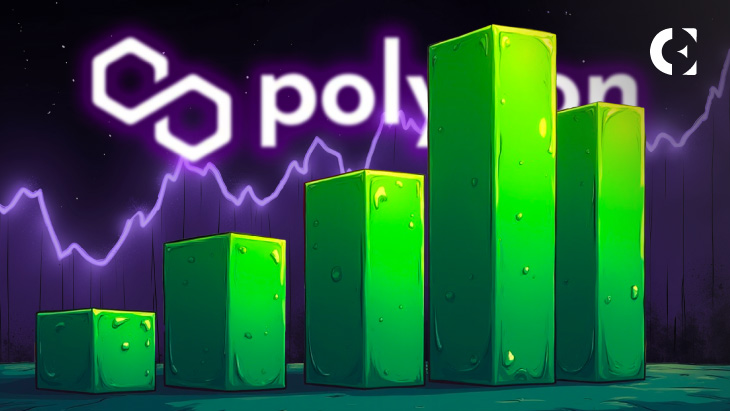- Polygon hit a record of over $100 million in micropayment volume
- Small payments volume increased by 37%
- The platform now commands over 50% of micropayment market share
Sandeep Nailwal, Polygon’s CEO, shared some stats about the company’s growing role as institutional-grade payment rails. The most notable one is that the micropayments, ranging from $0.50 to $100, reached an all-time high in June, surpassing $100 million in monthly volume.
On the other hand, small payments (from $100 to $1,000) volume surged 37%, giving Polygon a 42% share in that slice of on-chain payments.
Overall, Polygon now commands over 50% of micropayment market share, ahead of Ethereum, Solana, Base, Arbitrum, Optimism, Avalanche, and Gnosis combined.
The Data: A Clear Leader in On-Chain Payments
From the looks of provided data, it seems that Polygon is evolving from a pure Layer 2 to a payments-focused ecosystem geared towards real-world usage.
Nailwal’s recent decision to become ‘founder-led CEO’ and embrace a more centralized management approach signals a fresh strategy push.
Shortly following his appointment, it was announced that the team is phasing out its zkEVM layer to fully back its PoS chain and Agglayer infrastructure. The main goal of this move is to boost stablecoin flows and tokenized assets.
Likely due to the combination of all of these factors, Polygon’s native token POL saw around 10% increase in the last 7 days.
Polygon’s recent updates
A few weeks ago, Polygon released its Agglayer v0.3 upgrade, which introduced a feature called ‘execution proof’ that allows any blockchain to join Agglayer without requiring architecture changes.
Previously, Agglayer only validated token balances, but now it also verifies that a chain’s state is finalized using zero-knowledge proofs, protecting users across diverse chains. The upgrade has been hailed as a big technical leap, especially for Polygon by enabling deeper multi-chain integration.
Then, it was also announced that a sophisticated hard fork is being implemented to upgrade the consensus layer to Heimdall 2.0. The aim is to lower finality times to about five seconds and reduce the frequency of chain reorganizations.
Judging by said developments, Polygon seems to be on a good path to rival even some traditional payment networks in performance. With over 50% of crypto micropayment volume, the platform has demonstrated real-world adoption, something many chains talk about but few achieve.
Disclaimer: The information presented in this article is for informational and educational purposes only. The article does not constitute financial advice or advice of any kind. Coin Edition is not responsible for any losses incurred as a result of the utilization of content, products, or services mentioned. Readers are advised to exercise caution before taking any action related to the company.







